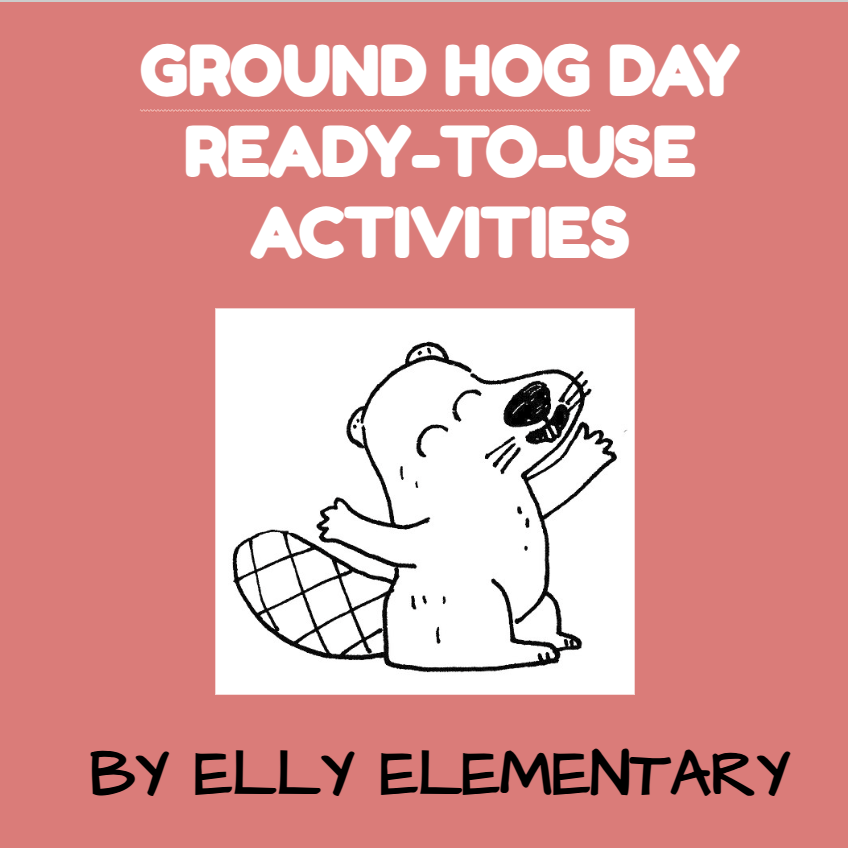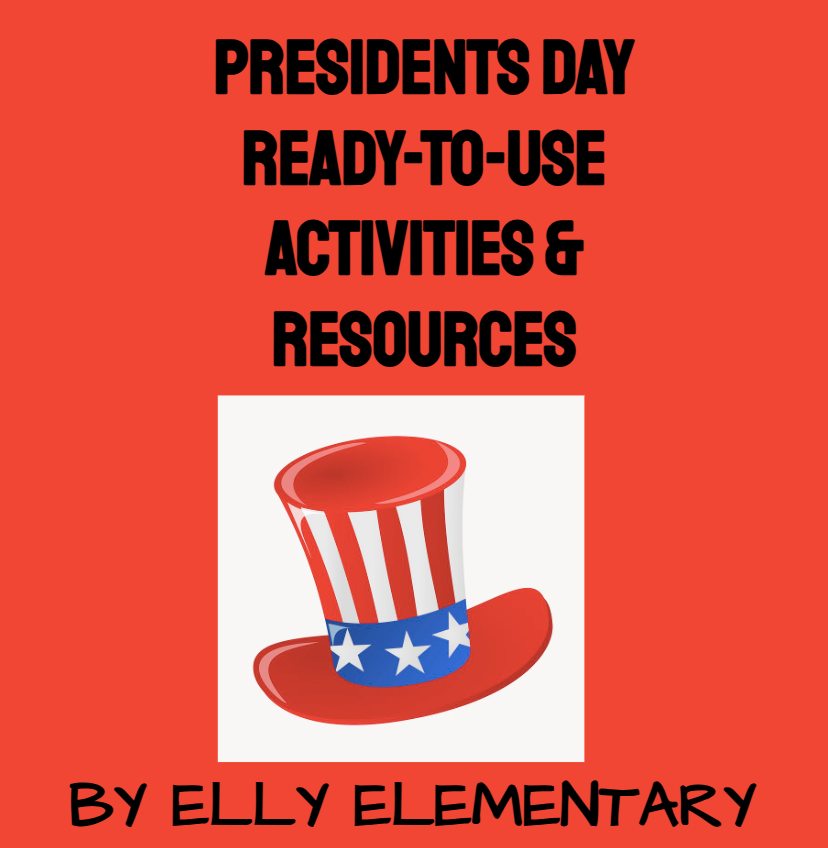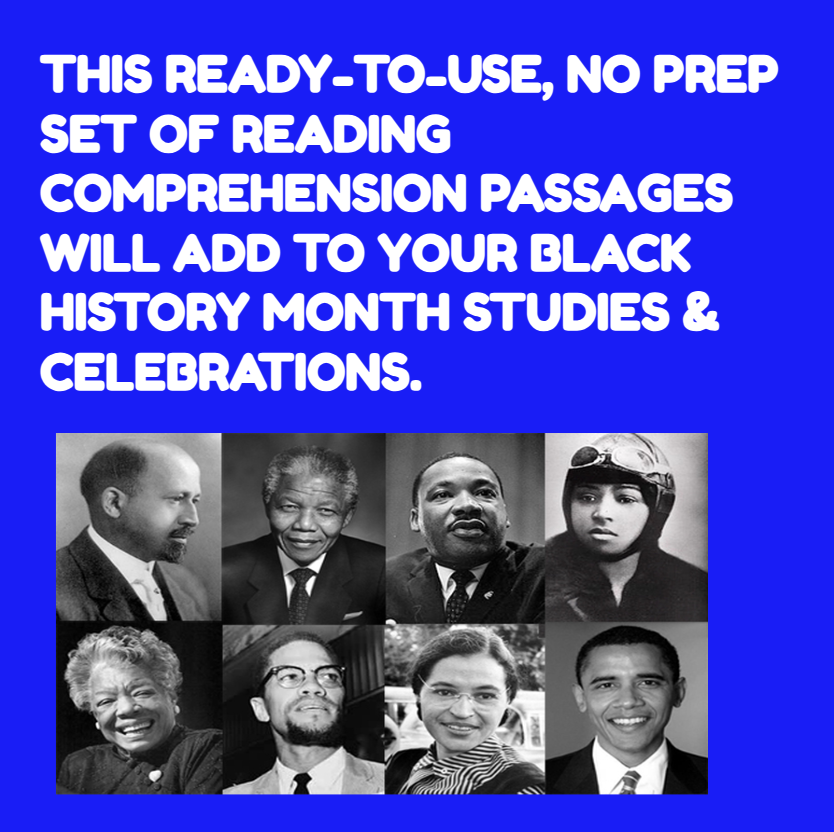What holidays can we teach children about during the dreary days of winter? Here are some suggestions:
- Chinese Lunar New Year
- Grroundhog Day
- President's Day
- Black History
CHINESE NEW YEAR
Teaching children about the Chinese Lunar New Year can be an engaging and fun experience by incorporating hands-on activities, storytelling, and cultural exploration. Here are some effective ideas:
1. Storytelling and Cultural Background
- Explain the Chinese Zodiac: Share the legend of the animals in the Chinese zodiac and how the order was decided. Discuss the current zodiac animal and its traits.
- The Origin of Lunar New Year: Tell a simplified version of the legend about Nian, the monster that was scared away by red, firecrackers, and noise.
- Books: Read picture books such as Bringing in the New Year by Grace Lin or Ruby's Chinese New Year by Vickie Lee.

2. Arts and Crafts
- Lantern Making: Teach children to create colorful paper lanterns to represent hope and good fortune.
- Red Envelopes: Have children decorate red envelopes (hongbao) and discuss their significance in giving blessings and good wishes.
- Paper Cutting: Try Chinese paper cutting (jianzhi) to create symbols like the Chinese character for "luck" (福).
3. Music and Dance
- Lion Dance: Show videos of the lion dance and have children make simple lion masks or puppets to act out their own version.
- Traditional Instruments: Play traditional Chinese music and let children explore simple rhythms with instruments like drums or cymbals.
4. Food Exploration
- Cooking Activity: Involve children in making dumplings, spring rolls, or tangyuan (sweet rice balls).
- Tasting: Provide samples of Lunar New Year foods and explain their symbolic meanings (e.g., noodles for longevity, oranges for prosperity).
5. Writing and Language
- Chinese Calligraphy: Teach children simple Chinese characters like "happiness" (喜) or "spring" (春) using calligraphy brushes.
- Greeting Phrases: Teach phrases like “Gong Xi Fa Cai” (Happy New Year) and their meanings.
6. Games and Activities
- Zodiac Matching Game: Create a game where children match zodiac animals with their characteristics.
- Parade Reenactment: Organize a classroom parade with costumes, drums, and decorations.
7. Decorations
- Classroom Makeover: Decorate with red and gold colors, banners, and paper dragons to create a festive atmosphere.
8. Virtual Experiences
- Videos and Photos: Show footage of real Lunar New Year celebrations from around the world.
- Guest Speakers: Invite someone who celebrates Lunar New Year to share personal stories and traditions.
By combining stories, hands-on activities, and cultural experiences, children will gain a deeper understanding and appreciation of this significant holiday.
GROUNDHOG DAY
Teaching children about Groundhog Day can be a fun way to explore weather, traditions, and critical thinking. Here's how to make it engaging and meaningful:
1. Introduce Groundhog Day
- Explain the Tradition: Tell the story of Groundhog Day, where a groundhog predicts the weather based on whether it sees its shadow on February 2.
- Shadow = 6 more weeks of winter.
- No shadow = An early spring.
- Where It Comes From: Share that Groundhog Day has roots in ancient weather lore and is celebrated in Punxsutawney, Pennsylvania, with Punxsutawney Phil as the famous groundhog.

2. Explore Weather Concepts
- Shadows and the Sun: Teach children why shadows are formed. Use a flashlight and objects to show how light creates shadows.
- Seasonal Changes: Discuss what happens during winter and spring (temperature, daylight, and plant life).
- Cloudy vs. Sunny Days: Explain why a sunny day means the groundhog can see its shadow and how this relates to weather prediction.
3. Hands-On Activities
- Shadow Experiment: Have children step outside to observe their shadows at different times of the day. Discuss how the sun’s position affects shadows.
- Make a Groundhog Puppet: Create a groundhog craft using paper bags or popsicle sticks, and use it to "predict" the weather.
- Weather Chart: Track the weather for a few weeks before and after Groundhog Day to compare the groundhog's prediction with actual weather patterns.
4. Storytime and Videos
- Books: Read books like Groundhog Day! by Gail Gibbons or Substitute Groundhog by Pat Miller to explain the day in an engaging way.
- Videos: Watch a clip of Punxsutawney Phil’s prediction to bring the tradition to life.
5. Critical Thinking
- Talk About Predictions: Discuss how Groundhog Day is a fun tradition rather than a scientific method.
- Data and Weather Patterns: Show how meteorologists predict weather using tools and technology. Compare it to the groundhog's "prediction."
6. Math and Graphing
- Survey the Class: Ask students if they think the groundhog will see its shadow. Graph the results and compare them to the actual prediction.
- Track Predictions: Look at past predictions and outcomes. Did the groundhog get it right?
7. Fun Activities
- Groundhog Role Play: Let kids pretend to be groundhogs popping out of their burrows. Have them decide if they "see their shadow" based on lighting in the room.
- Create Burrows: Build burrows using cardboard boxes or blankets and reenact the tradition.
8. Discuss Themes
- Seasons and Change: Talk about how animals respond to seasons and how people historically tried to predict weather.
- Traditions: Explore why people celebrate Groundhog Day and how traditions vary in different cultures
By combining storytelling, science, and creativity, children can enjoy learning about Groundhog Day while gaining a basic understanding of weather and predictions.
PRESIDENT'S DAY
Teaching children about the true meaning of Presidents' Day can help them understand its historical significance, recognize key presidents, and appreciate the values of leadership and civic responsibility. Here’s how to make the lesson engaging and age-appropriate:
1. Start with the Basics
- What is Presidents' Day? Explain that it’s a holiday to honor all U.S. presidents, especially George Washington and Abraham Lincoln, whose birthdays are in February.
- Why It Matters: Emphasize the importance of remembering leaders who shaped the nation, fought for freedom, and worked to ensure justice and equality.

2. Introduce Key Presidents
- George Washington:
- Share that he was the first president and known as the "Father of Our Country."
- Discuss his leadership in the Revolutionary War and his role in helping to form the government.
- Abraham Lincoln:
- Talk about how he helped preserve the nation during the Civil War and ended slavery with the Emancipation Proclamation.
- Use age-appropriate stories, books, or short videos to bring their lives to life.
3. Highlight Core Values
Discuss important presidential qualities:
- Leadership
- Honesty (like Washington and the cherry tree legend)
- Perseverance (like Lincoln’s humble beginnings and determination) Ask children to think about what makes a good leader and how these qualities help a country.
4. Engage with Hands-On Activities
- Timeline of Presidents: Create a simple timeline showing significant presidents and events.
- Presidential Symbols: Explore symbols like the White House, the Oval Office, and the U.S. Constitution.
- Crafts:
- Make tricorn hats (Washington) or stovepipe hats (Lincoln).
- Create portraits of presidents using coins or dollar bills.
- Play a Game: Create a trivia game with fun facts about presidents.
5. Explore Civic Responsibility
- The Role of a President: Explain what the president does (e.g., leads the country, works with other leaders, makes decisions).
- Citizenship: Discuss how everyone can contribute to their community, just like a president works to improve the country.
6. Incorporate Literacy and Writing
- Books: Read stories like George Washington's Teeth by Deborah Chandra or Abe Lincoln: The Boy Who Loved Books by Kay Winters.
- Writing Prompts:
- “If I Were President, I Would…”
- “Which President Would You Want to Meet and Why?”
7. Compare Then and Now
- Historic Presidents vs. Modern Presidents: Discuss how life and responsibilities differ for presidents today compared to Washington and Lincoln.
- Technology and Leadership: Explore how modern presidents communicate with people using TV, social media, and more.
8. Celebrate the Holiday Respectfully
- National Observance: Show how the day is observed across the country with ceremonies and tributes.
- Connect to Themes of Service: Encourage children to do something kind or helpful to honor the spirit of leadership and service.
By combining stories, activities, and discussions, children can better understand the true meaning of Presidents' Day and the significance of leadership and service in American history.
What Is Black History Month?
Black History Month is a time dedicated to celebrating and honoring the achievements, history, and contributions of Black people in the United States and around the world. It takes place every February and serves as a reminder of the rich cultural heritage and resilience of the Black community, as well as the ongoing struggle for equality and justice.
Why Is It Celebrated?
- To Honor Achievements: Black History Month recognizes the accomplishments of Black leaders, artists, inventors, scientists, and activists, such as Martin Luther King Jr., Rosa Parks, Harriet Tubman, and George Washington Carver.
- To Acknowledge History: It helps us understand the struggles and injustices Black people have faced, such as slavery, segregation, and discrimination, and how they have overcome these challenges.
- To Inspire Change: By learning about the past, people are encouraged to continue fighting for equality, justice, and inclusion in the present and future.
- To Celebrate Culture: Black History Month is also a time to celebrate the art, music, literature, and traditions that have enriched American culture, such as jazz, hip-hop, and the Harlem Renaissance.
The month is a way to ensure that the stories and contributions of Black individuals are recognized and remembered, helping to create a more inclusive and informed society.
Teaching children about Black History Month helps them appreciate diversity, understand history, and celebrate the achievements of Black individuals. Here’s how to make it engaging and meaningful:
1. Explain What Black History Month Is
- Definition: Share that it’s a time to honor the contributions, history, and culture of Black people in the United States and around the world.
- Why February? Explain that February was chosen to honor the birthdays of Abraham Lincoln and Frederick Douglass, both important figures in Black history.
2. Highlight Key Figures
Introduce children to influential Black individuals across different fields:
- Civil Rights Leaders: Martin Luther King Jr., Rosa Parks, Harriet Tubman.
- Innovators and Inventors: George Washington Carver, Katherine Johnson, Garrett Morgan.
- Artists and Writers: Maya Angelou, Langston Hughes, Jacob Lawrence.
- Athletes and Entertainers: Jackie Robinson, Simone Biles, Ella Fitzgerald.
Use age-appropriate books, videos, or storytelling to bring these figures to life.
3. Teach About Historical Events
- The Civil Rights Movement: Discuss the fight for equality and significant events like the Montgomery Bus Boycott or the March on Washington.
- Slavery and Emancipation: Simplify the history of slavery and the importance of the Emancipation Proclamation.
- Landmark Achievements: Highlight milestones like the first Black president (Barack Obama) or the end of segregation.
4. Celebrate Culture and Contributions
- Music and Art: Explore jazz, blues, and hip-hop music. Share artists like Louis Armstrong, Beyoncé, or Alvin Ailey.
- Food: Share stories about traditional foods and their roots in African-American culture.
- Stories and Literature: Read books like Henry’s Freedom Box by Ellen Levine or The Undefeated by Kwame Alexander.
5. Hands-On Activities
- Timeline Creation: Build a timeline of key events in Black history.
- Art Projects: Create crafts inspired by the colors of African-American heritage (red, black, and green) or the art of Jacob Lawrence.
- Writing Prompts: Ask children to write about what they’ve learned or create “thank you” letters to historical figures.
- Games and Quizzes: Design trivia games about Black history.
6. Foster Empathy and Understanding
- Discuss Diversity and Inclusion: Talk about the importance of treating everyone equally and appreciating different cultures.
- Read Stories of Resilience: Share narratives about overcoming challenges to inspire children.
7. Take Action
Encourage children to:
- Learn More: Visit local museums or watch documentaries about Black history.
- Celebrate Unity: Participate in school or community events that celebrate Black History Month.
- Speak Up: Talk about ways they can stand against discrimination and promote fairness.
Teaching Black History Month helps children appreciate the richness of history and the importance of equality and justice. Tailor lessons to their age group and use interactive methods to make the learning experience impactful.
Teaching holidays in school enhances overall understanding by fostering cultural awareness, building historical knowledge, and encouraging empathy and inclusivity. By teaching holidays in school, educators help students grow as informed, respectful, and thoughtful individuals who appreciate both their own traditions and those of others.
Check out my store, Elly Elementary, for all your K-5th grade curriculum needs.
Join me on Facebook and Instagram. Let me know if you are looking for anything in particular. (Email: ellyelementary@gmail.com)



Comments ()